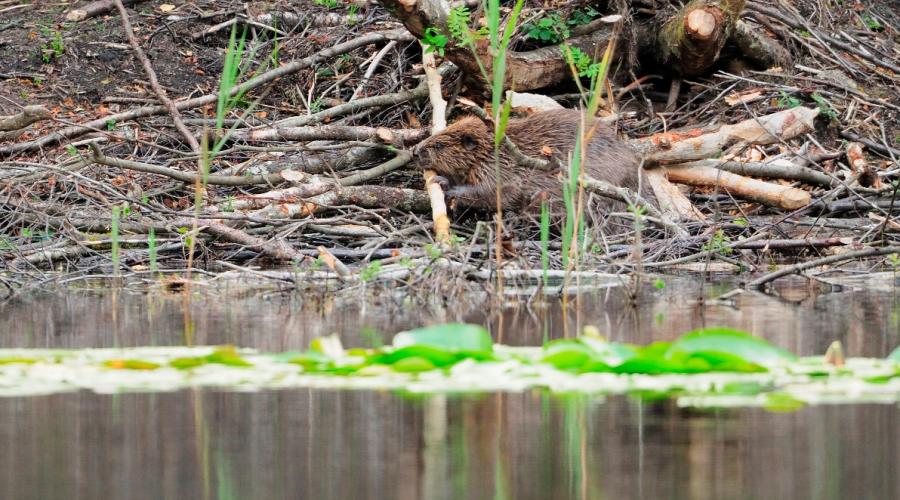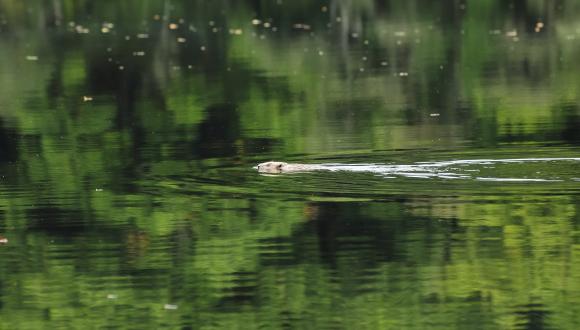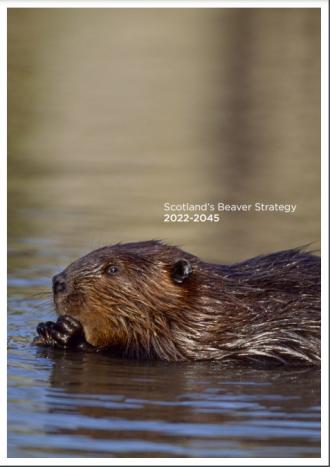
European protected species
Certain species listed on Annex IV of the Habitats Directive are given special protection in Scotland as European protected species.
The Habitats Regulations 1994 (as amended in Scotland) provide the protection given to European protected species of animals and plants.
European protected species are those species listed on:
- Habitats Regulations 1994 Schedule 2 – European protected species of animal
- Habitats Regulations 1994 Schedule 4 – European protected species of plants
Only some of the species listed on these schedules occur in Scotland. View a table of all of Scotland’s protected species, which details how each is protected.
You can see our summary of offences in relation to European protected species below. For the definitive list of offences, you should consult the actual legislation.
Offences against animals
For European protected species, it is an offence to deliberately or recklessly:
- capture, injure or kill such an animal
- harass an animal or group of animals
- disturb an animal while it is occupying a structure or place used for shelter or protection
- disturb an animal while it is rearing or otherwise caring for its young
- obstruct access to a breeding site or resting place, or otherwise deny an animal use of a breeding site or resting place
- disturb an animal in a manner or in circumstances likely to significantly affect the local distribution or abundance of the species
- disturb an animal in a manner or in circumstances likely to impair its ability to survive, breed or reproduce, or rear or otherwise care for its young
- disturb an animal while it is migrating or hibernating
- take or destroy its eggs (in Scotland, this is relevant only to the great crested newt and natterjack toad)
- disturb any cetacean (dolphin, porpoise or whale)
It is an offence of strict liability to damage or destroy a breeding site or resting place of such an animal. These sites and places are protected even when the animal isn’t present. For example, great crested newt ponds are protected all of the time as long as it can be shown that the newts use the ponds some of the time.
All of the above offences apply to all stages of a wild animal’s life. Animals bred and lawfully held in captivity are not protected.
Protecting animals in Scotland’s inshore waters can be more challenging. View Marine Scotland guidance on The protection of marine European protected species from injury and disturbance: Guidance for Scottish inshore waters.
Offences against plants
For European protected species, it is an offence to deliberately or recklessly pick, collect, cut, uproot or destroy any such plant. This applies to all stages of a plant’s biological cycle.
Offences against plants and animals
It is generally illegal to possess, control, transport, sell or exchange specimens of any animal or plant listed on Annex IV of the Habitats Directive. This applies to living or dead specimens and to their derivatives.
These offences may not apply if either:
- the animal species is listed on Schedule 2A or the population is listed in Regulation 39(9);
- it can be proven that the specimen was taken ‘lawfully’ from the wild;
A specimen may have been taken ‘lawfully’ from the wild if it came from:
- an EU Member State before 10 June 1994, so long as it was taken in line with the law at that time;
- another country outside the EU, so long as it was taken in line with the law of that country at that time.
Licensing
Licensing makes it possible to permit certain activities that would otherwise be illegal. For example, a museum or school can apply for a licence to keep specimens of European protected species acquired since 10 June 1994.
NatureScot issues most licences for European protected species. Marine Scotland is the licensing authority for marine casework.
Find out more about European protected species licensing.
Contact
If you already have a licence number, include it in the subject line of your email, or have it to hand when you call.





